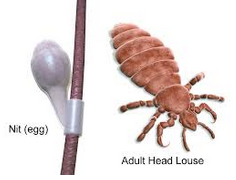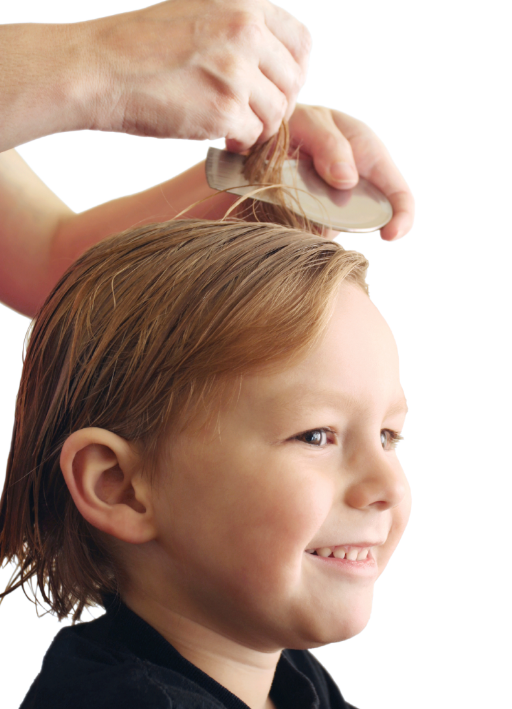
Head lice are tiny grey/brown insects, a few millimetres in length that live amongst the hair of their host and feed on their blood.
Head lice cannot fly or jump, they can only walk so there has to be direct contact between affected heads for the infestation to spread by lice walking from one hair to another. Anyone can catch head lice but it is most common in children aged between four and eleven.
If parents seem concerned you should reassure them that head lice infestations are not a sign of dirty hair or poor hygiene.
Symptoms of head lice
It is not always obvious that someone has head lice, especially in the early stages when there may be no symptoms at all. The main symptom may be an itchy scalp. You may also notice red bites on the scalp or black specks on pillows or clothes.
The only way to know for sure if someone has head lice is to find live head lice on the head. The best method of doing this is by dry combing the hair by using a fine toothed comb. It is recommended that parents/guardians check their child's head on a weekly basis.
Treatment for head lice

There are many different products for head lice on the market and it can be confusing for parents/guardians and difficult for them to choose. You can help by understanding the differences between the various products and help customers choose one that suits their needs.
Make yourself familiar with the products stocked in your pharmacy, making sure you read the manufacturer's instructions and are comfortable with how they should be used.
Always advise the parents to use a fine tooth comb after treatment to routinely check for any signs of head lice.
